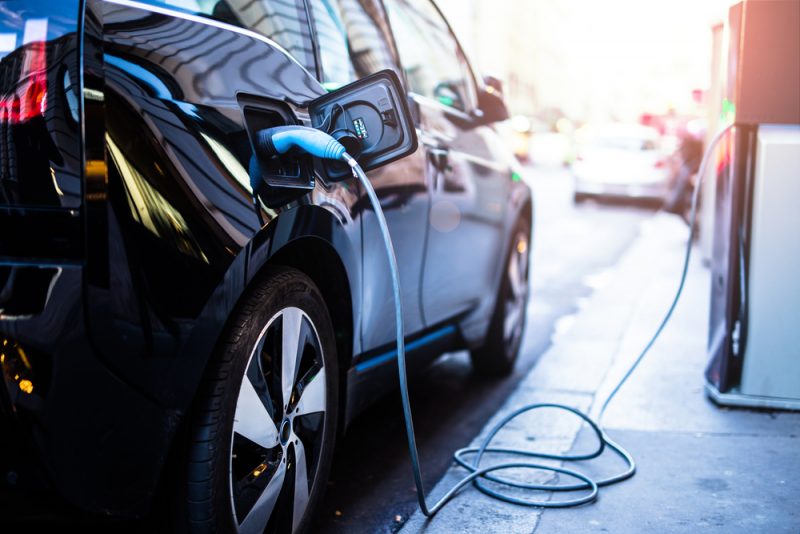National Renewable Energy Laboratory evaluates infrastructure needs for plug-in electric vehicle market

The Department of Energy’s (DOE) National Renewable Energy Laboratory (NREL) recently conducted a study evaluating how much charging infrastructure would be needed to support the plug-in electric vehicle (PEV) market under various growth scenarios.
“The potential number, capacity, and location of charging stations needed to enable broad PEV adoption over the coming decades hinge on a variety of variables,” Eric Wood, lead author of the National Plug-In Electric Vehicle Infrastructure Analysis, said. “NREL’s analysis shows what effective co-evolution of the PEV fleet and charging infrastructure might look like under a range of scenarios.”
According to the report, several hundred corridor fast-charging stations could enable long-distance travel between U.S. cities. Urban and rural communities would require at least 8,000 fast-charging stations nationwide. In a market with 15 million PEVs, the required amount of outlets to support rural and urban communities would range from 100,000 to over 1.2 million.
Whether consumers prefer long-range or short-range PEVs would have a significant impact on the amount of charging stations needed. The popularity of plug-in hybrid electric vehicles (PHEVs) versus electric vehicles (EVs) and the number of PHEVs that charge away from home would affect the need as well.
Although early-market stations would be underutilized at first, the study suggests strategies for how to optimize station utility and economics.
“This study shows how important it is to understand consumer preferences and driving behaviors when planning charging networks,” Chris Gearhart, director of NREL’s Transportation and Hydrogen Systems Center, said.
